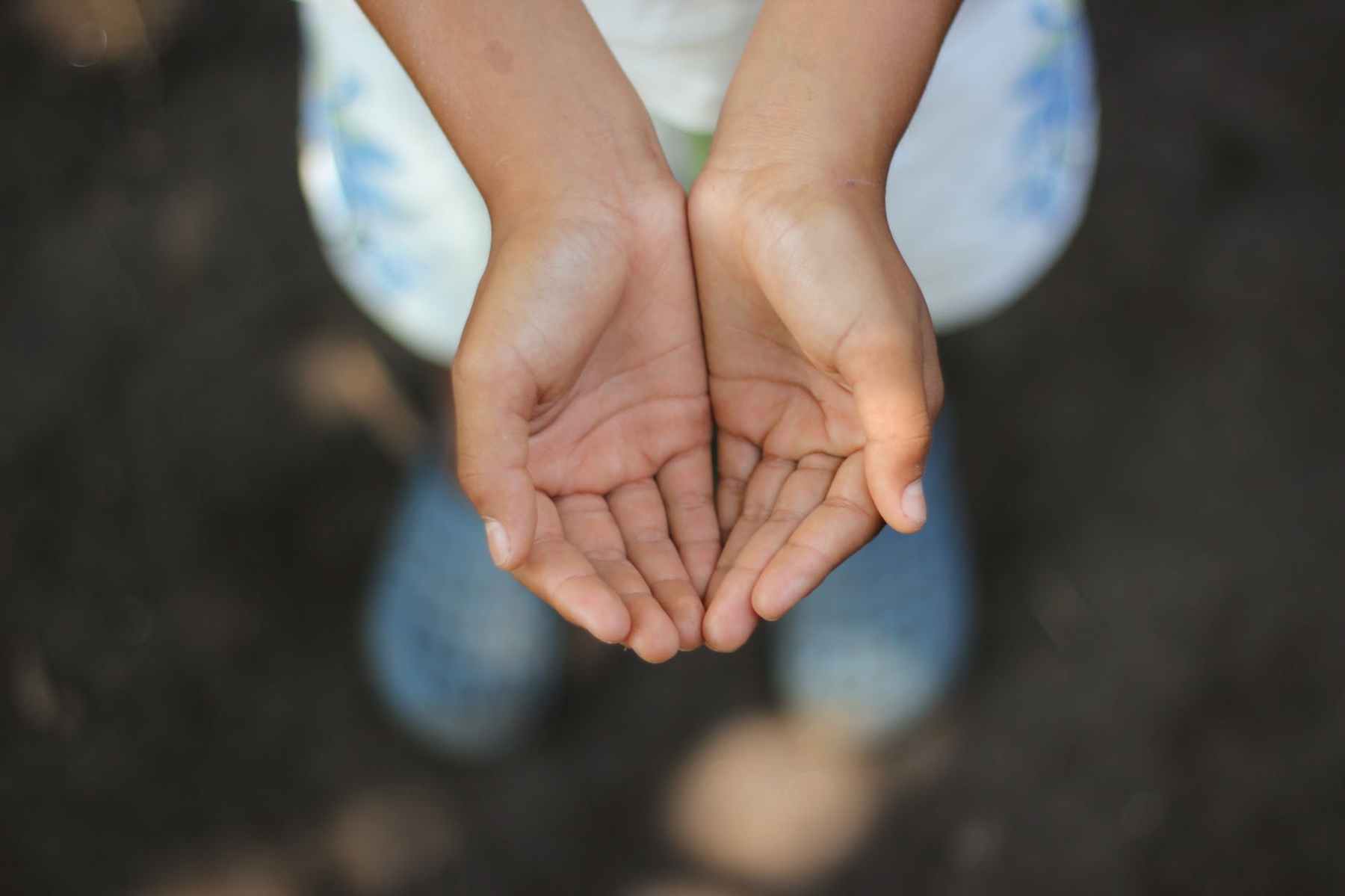Connection with Mind

In this year of personal focus on connection, I shall devote the month of March to connecting with Mind. This endeavour could be challenging. Meetings of Mind feel intimidatingly cerebral. I would rather tell a story or describe a relationship than get lost in concentric circles of analysis. Or worse, be called upon to engage in a debate. Words come with less flow and conviction. I get stuck in the mire looking for the right sentence structure to express my tumbling thoughts, ever seeking depth and clarity. Perhaps such is the nature of Mind.
I am learning more about the workings of Mind, thanks to big-brained researchers translating scientific knowledge into psychotherapy practice. From their clarity of thought springs forth new language. Useful words to articulate the impacts of trauma: what happens at the level of the brain and nervous system when a living being, particularly a human child, experiences pain and neglect versus joy and nurturing. Neurobiology explains attachment processes, emotional regulation, and stress responses. On a personal level, a deeper understanding of how experience has shaped my own values and view of the world, and the ways in which I move through emotional states and survival responses such as fight, flight or freeze, provides insight. Opportunity for more conscious choices of action. Powerful stuff.
Having language for these pathways opens meaningful dialogue with Mind, but not the deeper connection I crave. On her part, I sense disatisfaction with the scope of current research. Mind seeks insight into the bigger picture. Light shed on the meaning of consciousness. Clarification of complex phenomena like Intuition, Imagination, Wonder and Transcendence. She states matter-of-factly that there is more to her than the physiological mechanisms of the brain and the workings of chemical transmitters and neural pathways. Vast, infinitely complex and interconnected to a wider web.
My sense is that although my understanding of Mind may be outwardly informed by science, true connection with her will have to come from within.
To connect with Mind, I endeavour to be present. Seek stillness to meditate and contemplate. Embrace her eccentricities. Indulge her liberal use of metaphor to link fact to feeling. Tolerate her meanderings when she drifts into daydreaming and symbolic language. Keep up with promises to feed her well and make sure she gets enough sleep. Provide her with tea and chocolate. Warm baths.
To connect with Mind, I shall approach her with loving kindness. Through years of academic striving and professional practice, I pushed her hard to get things right, unduly harsh towards lapses and imperfections, stifling imagination and creativity. Witnessing the dignity with which my mother faced cognitive decline brought me to my kness, and softened my ego. Mind deserves to age gracefully, in respect and celebration of the wisdom that comes from making mistakes.
To connect with Mind, I resolve to be patient when I need her wisdom. Mind does not operate in a linear fashion. She examines all possibilities before making a decision, balancing intuition with an ethic of equanimity. I will ask better questions. Listen to her reasoning for overriding impulsive or compulsive ideas. She knows more than I give her credit for.
To connect with Mind, I will create intentional space for creativity, imagination and pure fun. When the world opens up again, we shall explore art galleries and museums, take a train across Canada, and travel the world. We will dance into our dotage, open to new experiences and ways of thinking. When stuck inside, I will keep her amused and stimulated with books, crossword puzzles, and games of Scrabble. Mind loves playing with words.
In meditation, I get a rare glimpse of Mind in all her glory. A clear blue sky behind the weather of thoughts and worries, vast and peaceful. Most of the time, our connection feels more like this:
An attic room, a dusty, cobwebbed, seemingly disorganized space. The centre of the floor scattered with memorabilia and half-completed projects. Overwhelmed by the clutter and chaos, I feel the urge to flee. Then curiousity gets the better of me, and I stay to explore. The dust begins to settle, and I realize there is some kind of order to the disarray. Massive shelves overflowing with books, plants, pictures, board games and craft materials line the walls. A huge map highlights places I have been, and places I want to go to. A stream of soft music provides the perfect soundtrack to my thoughts. At one end of the room, beautiful sunshine filters in through a window, illuminating a desk for creating, and a comfortable corner to curl up in. A steaming pot of tea. Mind whispers ” Let’s hang out today. I have missed you”.
How will you nurture your mind this month?










